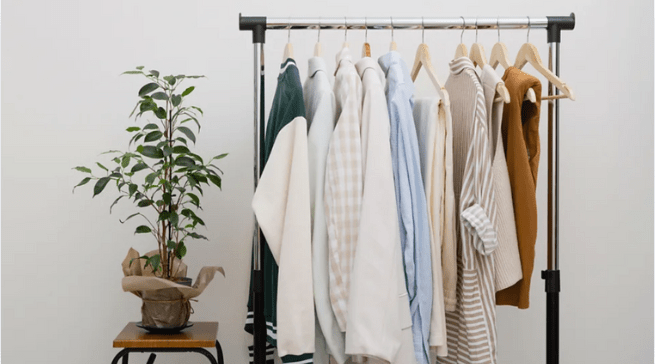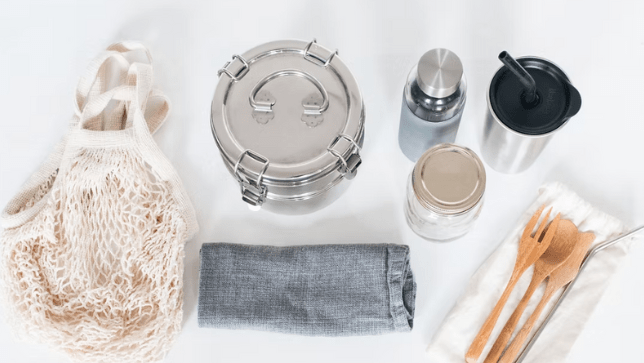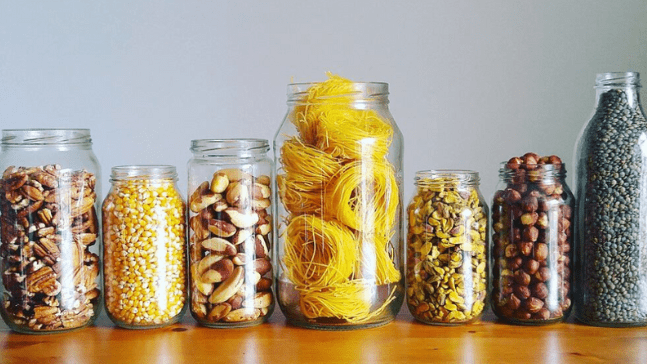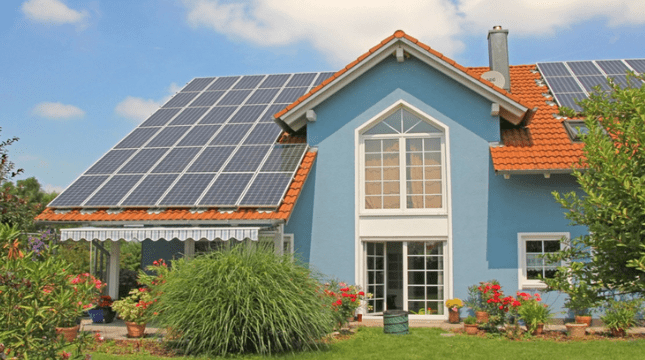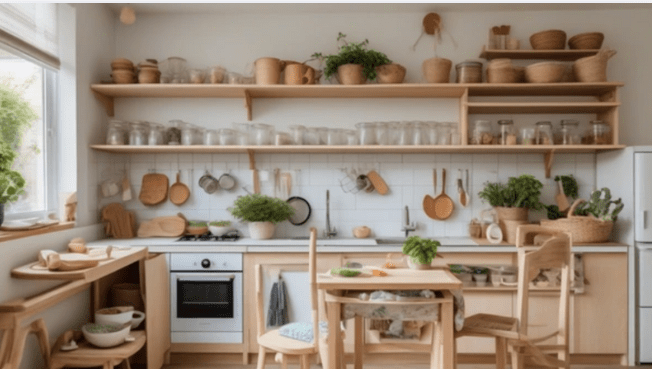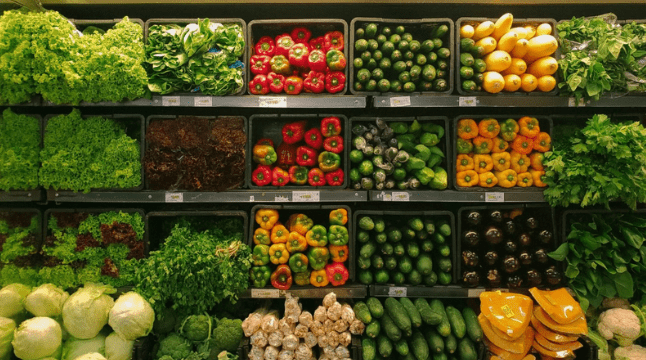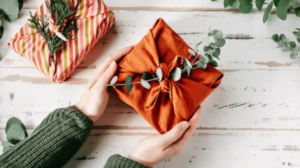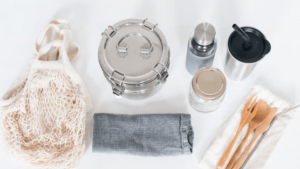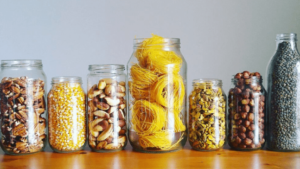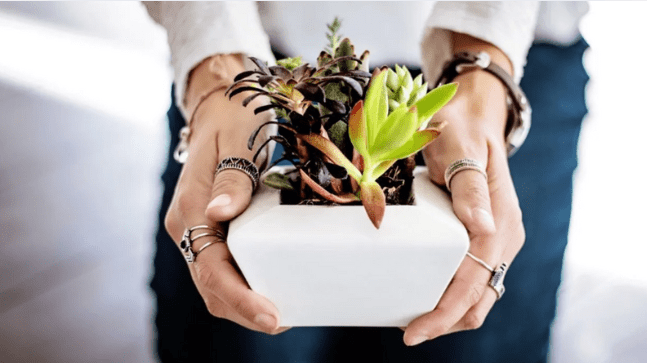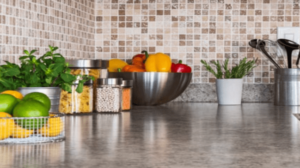Why Consider Zero-Waste Lunches?
-
Environmental Impact: Single-use plastics and disposable food packaging contribute significantly to landfill and ocean pollution. Reducing lunch waste directly cuts plastic pollution, carbon emissions, and resource depletion.
-
Healthier Eating: Zero-waste lunches encourage homemade meals with fresh, whole foods, promoting better nutrition and less reliance on processed options.
-
Cost Savings: Though reusable containers and wraps require initial investment, they pay off by eliminating the need to buy disposable wraps, bags, and utensils.
-
Conscious Living: Preparing zero-waste lunches fosters mindfulness about consumption, packaging, and food waste, extending beyond mealtime habits.
What to Pack Your Zero Waste Lunch In?
-
Reusable Containers: Durable, leak-proof options in stainless steel, glass, or BPA-free silicone.
-
Beeswax Wraps & Fabric Snack Bags: Biodegradable, reusable alternatives to plastic wraps and disposable snack bags.
-
Reusable Utensils & Straws: Bamboo or stainless steel cutlery and metal or silicone straws in compact travel pouches.
-
Cloth Napkins: Absorbent and elegant, replacing wasteful paper napkins.
Packing Tips for Zero-Waste Lunches
-
Plan meals to avoid excess food and leftovers.
-
Use portion-sized containers to limit waste.
-
Wrap sandwiches and snacks in beeswax or reusable bags instead of plastic.
-
Choose whole fruits and vegetables that don’t need wrapping (e.g., apples, carrots).
-
Bring your own refillable water bottle or thermos.
Zero-Waste Lunch Ideas & Recipes
-
Mediterranean Chickpea Salad: Chickpeas, cucumber, cherry tomatoes, red onion, parsley, olive oil, lemon juice, salt, and pepper, packed in glass containers.
-
Veggie and Hummus Wrap: Whole wheat tortilla with hummus, carrots, spinach, bell peppers, avocado, wrapped in beeswax or reusable sandwich bags.
-
Quinoa and Roasted Veggie Bowl: Quinoa with roasted sweet potato, zucchini, red pepper, and tahini sauce packed separately.
-
DIY Trail Mix Snack: Nuts, seeds, dried fruit, and dark chocolate chips mixed and carried in a cloth snack bag.
-
Fresh Fruit and Nut Butter: Sliced apples or pears with a small jar of almond or peanut butter for dipping.
-
Lentil and Veggie Soup: Chunky lentil soup kept warm in a thermos.
Tips to Cut Food Waste with Your Lunches
-
Use leftovers creatively by repurposing dinner for next-day lunch.
-
Freeze cooked grains or proteins to avoid spoilage.
-
Compost unavoidable food scraps.
-
Monitor expiration dates to use older ingredients first.
Lunch Box Packing for Kids Without Waste
-
Use fun, reusable containers with compartments.
-
Involve kids in packing to foster ownership and reduce waste.
-
Mix favorite treats with new healthy options to keep lunches exciting.
Overcoming Zero-Waste Lunch Challenges
-
Preparation Time: Batch prep meals in advance to ease busy mornings.
-
Initial Costs: View reusable gear as a long-term investment saving money and waste.
-
Remembering Gear: Keep lunch containers and wraps near your exit to grab on the go.
Conclusion
Zero-waste lunches are practical, delicious ways to protect the environment daily. By ditching disposables, using sustainable tools, and prioritizing homemade meals, you reduce waste, save money, and encourage healthier eating. Whether at work, school, or on a picnic, zero-waste lunches prove saving resources can be convenient and enjoyable. Start small, stay consistent, and watch your eco-friendly lunch habit grow.
FAQs About Zero-Waste Lunches
Q1: What are the best reusable containers for zero waste lunches?
A1: Stainless steel, glass, and BPA-free silicone containers avoid chemical leaching and store food safely.
Q2: Can zero-waste lunches be quick to prepare?
A2: Yes, easy recipes and batch preparation make zero-waste lunches convenient.
Q3: How to keep food fresh without plastic wrap?
A3: Use beeswax wraps, reusable silicone lids, and airtight containers.
Q4: Are zero-waste lunches more costly?
A4: Upfront costs for reusable gear exist, but savings accrue over time by avoiding disposables.
Q5: How to reduce food waste with lunches?
A5: Meal plan, eat leftovers, freeze extras, and compost scraps.
Q6: Can kids enjoy zero-waste lunches?
A6: Definitely! Use fun reusable containers and involve kids in packing to make it enjoyable.

